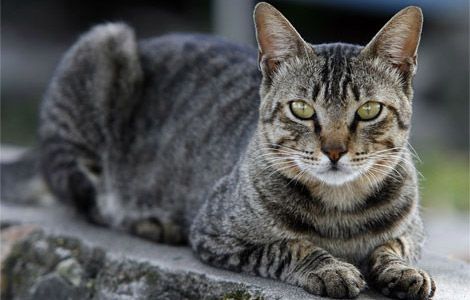It is increasingly seen as preferable to keep cats exclusively indoors for their safety: accidents, injury, disease, theft, increasing density of cats in the neighbourhood and resultant increase in territorial disputes are all cited as reasons for keeping cats indoors. Evidence of longer life spans of indoor cats corroborate that physical safety is enhanced in indoor cats. Hunting and killing increasingly vulnerable wild life might be another reason for keeping cats indoors – check my article ‘cats and wildlife’ in ‘the green dog blog’.
However, avoidance of physical harm is not the only important aspect in any individual’s life. Any discussion of an indoor lifestyle for cats must include overall quality of life. This needs to include physical/physiological, psychological and emotional aspects.
The UK animal welfare act of 2006 describes a duty of care to:
• provide a suitable environment
• provide a suitable diet
• allow normal behaviour patterns
• house with other animals or separate as appropriate
• protect from pain, injury, suffering and disease
The suitable environment is not always that easy to achieve for cats: modern houses are notoriously cat unfriendly with few hiding places. In addition they are often cramped and noisy giving a shy cat little chance to get away. In addition to this, cats need adequate feeding and water stations and plentiful suitable toileting facilities. If there is more than one cat then they need even more resources providing. These facilities need to be consistently provided to allow the cat/s to feel they have some control in their lives. Then there is mental and physical stimulation; naturally cats would spend at least 6 hours a day hunting for food and if they don’t have this opportunity then the owners need to compensate with play and foraging opportunities.
In my experience it is rare to find indoor cats adequately provided for, and this contributes to stress, behaviour problems and stress related disease (indoor cats associated with incresaed risk of feline urinary tract disease, obesity and hyperthyroidism (Buffington 2002). If you are going to keep your cat exclusively indoors or or only allow limited access to the outside, then you will need to make every effort to keep your cat mentally and physically stimulated.
Buffington, CAT. (2002) external and internal influences on disease risk in cats Journal of the american veterinary and medical association, 220 994-1002

